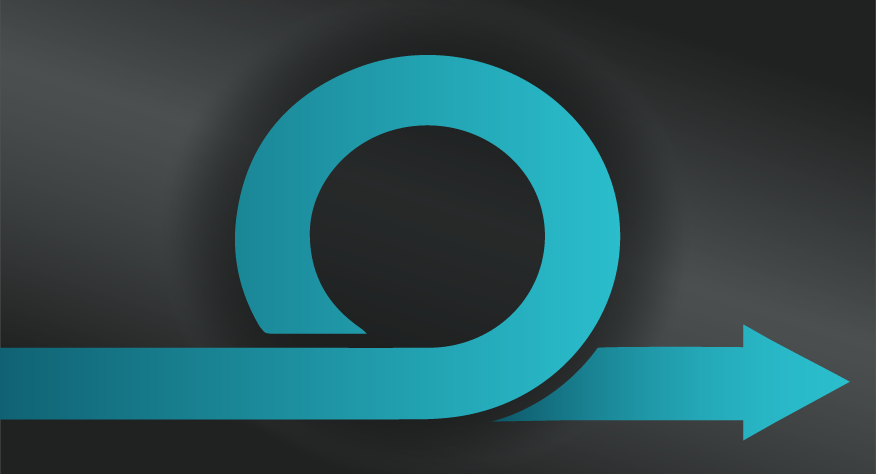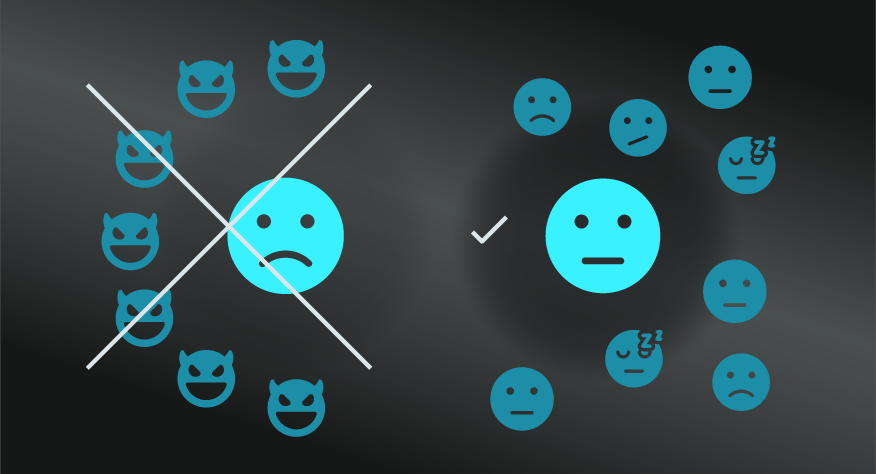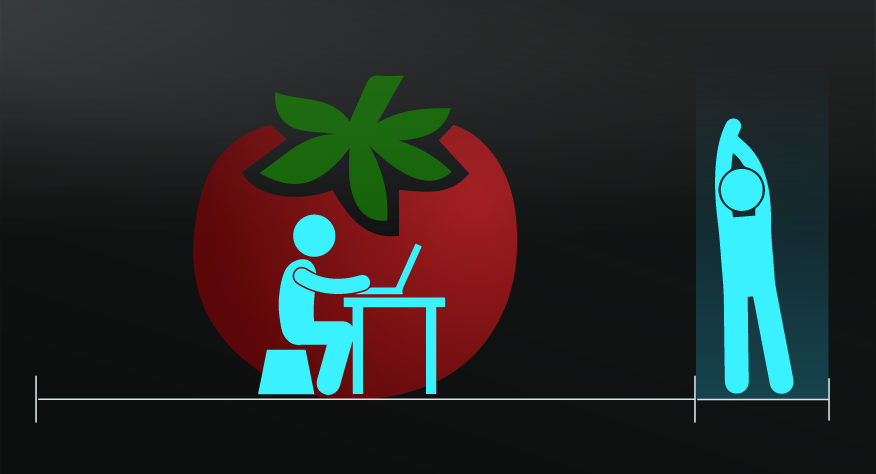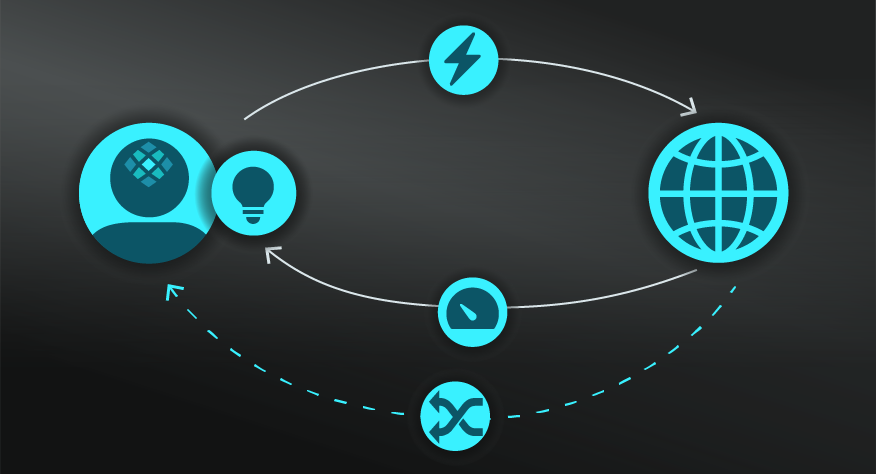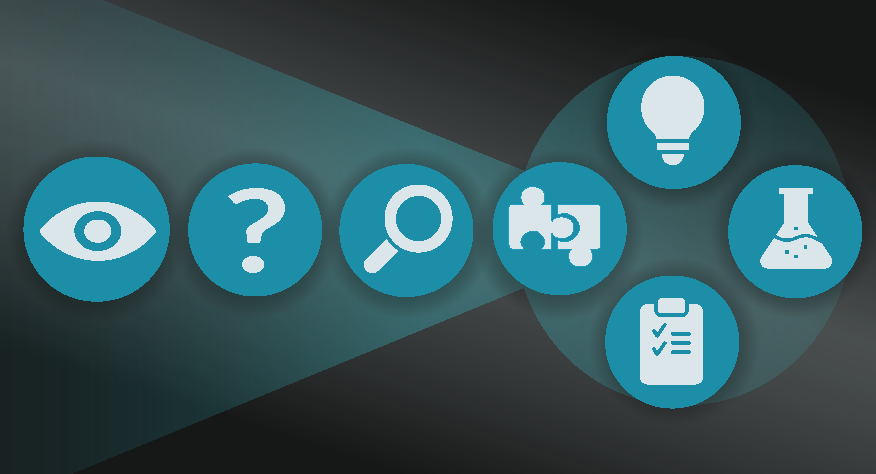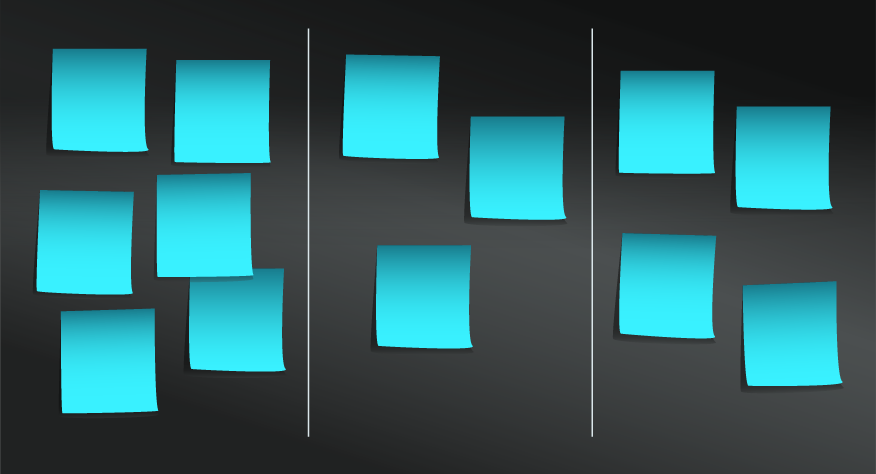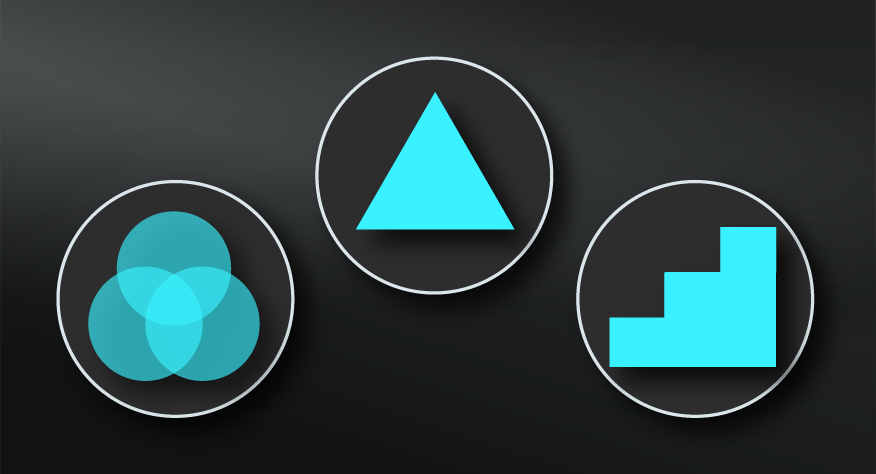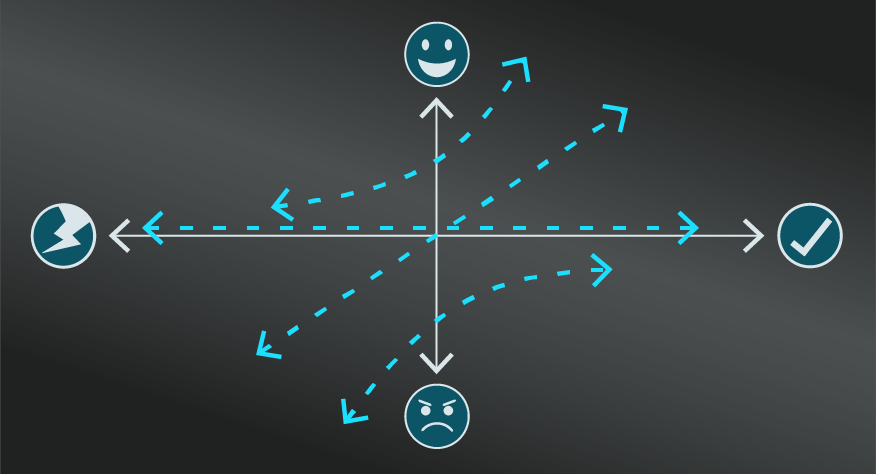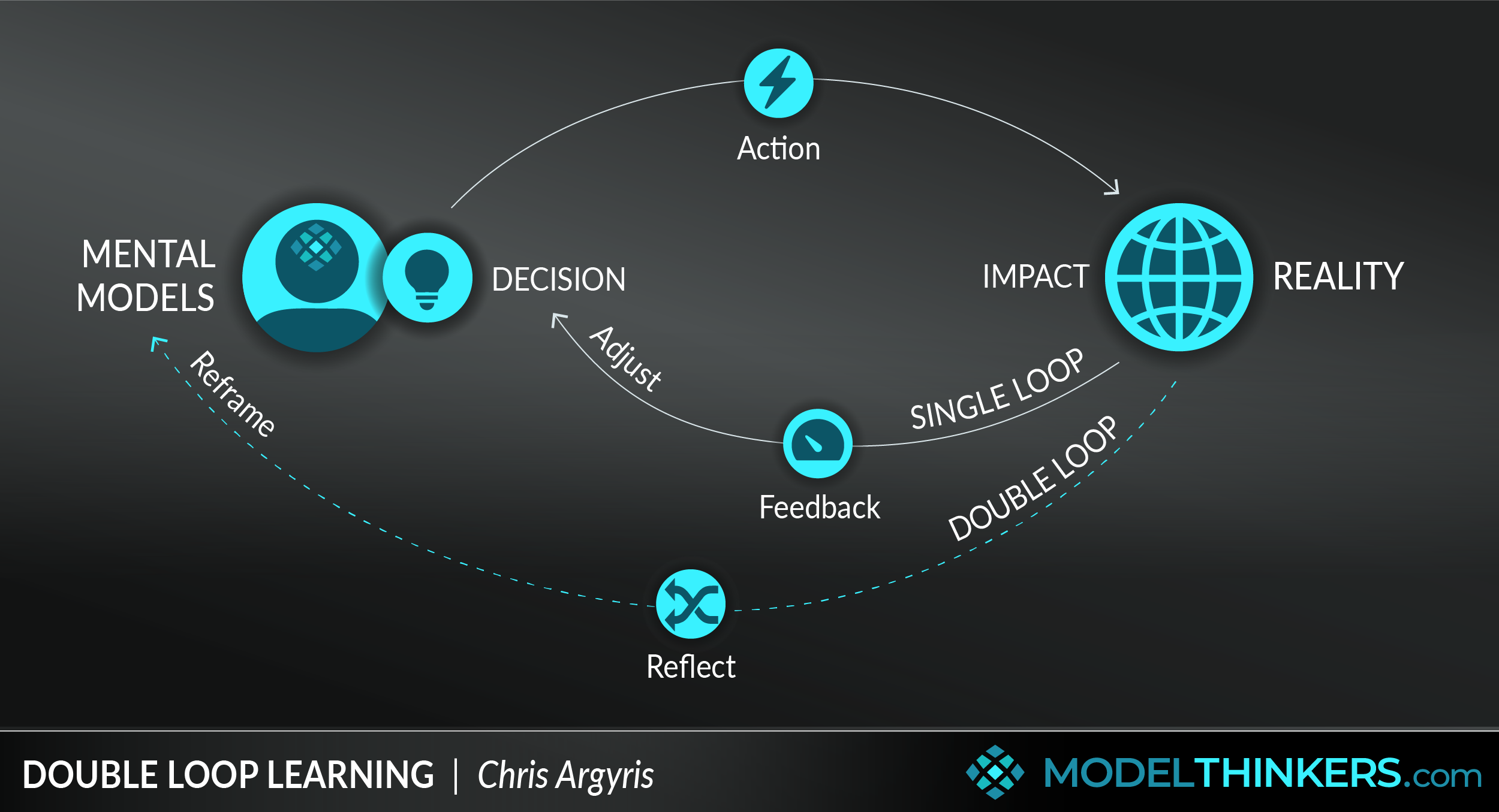
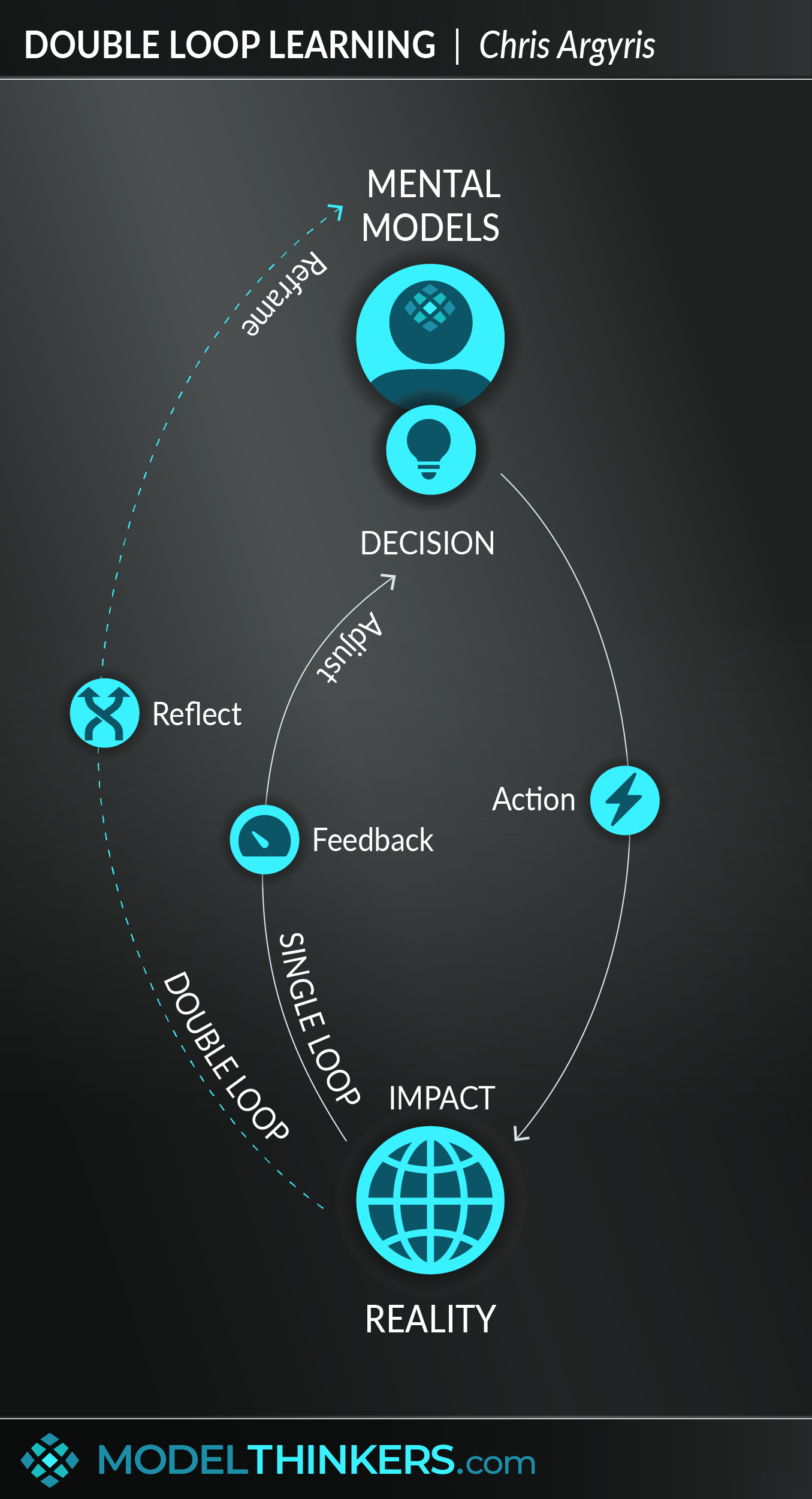
 0 saved
0 saved
 42.5K views
42.5K views








Ever feel like you’re stuck in a never-ending cycle, repeating the same actions, mistakes and experiences without learning or breaking free into new opportunities? Then it’s likely you’re not making use of Double Loop Learning.
Single-loop learning involves engaging with a problem from a reactive standpoint, you might adjust your decision based on feedback, but you’re fundamentally maintaining the same approach with static assumptions and mental models.
By contrast, Double-Loop Learning involves stepping back from the immediate feedback loop and challenging your underlying assumptions and mental models. Applying Double-Loop Learning opens the door to more innovative and adaptive approaches moving forward.
INSPIRED BY FEEDBACK LOOPS.
Chris Argyris, the founder of this model, compares single loop learning to the most basic of Feedback Loops and Homeostasis — describing a thermostat that identifies a temperature hitting a preset limit, and turning a heater on or off accordingly. The equivalent of Double-Loop Learning would be if the thermostat questioned what temperature was required based on broader context and conditions — so challenging those very preset limits that constitute its logic.
FOR ORGANISATIONS & INDIVIDUALS ALIKE.
Originally formulated as a way to understand organisational learning, Double-Loop Learning can also be applied on a personal level. It might be used as a conscious approach to developing a Latticework of Mental Models as you learn and unlearn models based on your needs, context and experience. There are also similarities with the process of complex skills development and developing 'expert mental models' using Deliberate Practice.
IN YOUR LATTICEWORK.
As you'd expect, Double-Loop Learning requires conscious and deliberate reflection and challenging of accepted assumptions. Indeed, single versus Double-Loop Learning draws an understanding of Fast and Slow Thinking and the need to consciously break from your 'automatic pilot' for deep learning. Beyond that, the process of challenging assumptions might use First Principle Thinking or even Second-Order Thinking. In addition, this model has a level of similarity to Black Box Thinking.
This model is best implemented as a daily routine, so consider incorporating with the Habit Loop and/or Systems vs Goals.
Resistance to Double Loop Learning commonly arises from a fear of failure, Confirmation Heuristic in not seeing signals for change, and even the Sunk Cost Fallacy.




- Step back, reflect and reframe.
Find the time, energy and space to break the reactive cycle by stepping out of immediate feedback and reflecting on your assumptions and mental models. This goes beyond adjusting behaviour based on feedback, and is instead about reframing your understanding and mental models to radically change how you're approaching a situation or challenge.
- Be aware of systematic resistance to Double-Loop Learning.
Expect resistance to Double-Loop Learning in organisational learning and inertia to it on a personal level. It can be effortful and potentially challenge vested interests or the status quo.
- Draw on external inputs to reframe.
One way to help reframe and challenge your assumptions is to draw on new mental models and diversity of ideas from other sources outside of your own individual experience. This might involve drawing on a latticework of mental models and/or working with diverse teams.
- Use retros and other processes to reflect.
At a team and organisational level, use processes and rituals such as retrospectives to encourage Double-Loop Learning. Such meetings are organised reflection opportunities to understand what's worked, what has been challenging, and what are the underlying takeaways. When doing so, consider combining this approach with the Five Whys, Fishbone Diagram or other root cause analysis to dig beyond the immediate factors.
Some of the criticism against Double-Loop Learning arises from the organisational systems and structures that prevent Double-Loop Learning. Though this seems to be more a critique of modern organisational design than the model itself. Other criticism focuses on the action workshops that Argyris used to develop the model.
These workshops involved individuals writing down preconceived predictions of the impact of their actions. They were considered to be applying Double-Loop Learning if they updated their actions in line with their individual beliefs. This was perhaps rightly criticised as not a holistic view of how organisations learn and adapt.
That said, the fundamentals of the model — of understanding the need for reflection and challenging underlying mental models, at both the individual and organisational level — seems reasonably resistant to any substantial critiques.
Royal Marines in Afghanistan.
In this Ted Talk, Roderic Yapp applies the model of Double-Loop Learning to his time in Afghanistan. He explains: “Sometimes you have to challenge the mental models you’ve learnt in the past.”
He described the way resistance forces in Afghanistan adapted their approach — moving from distance attacks on the marines, which were largely ineffective because of body armour, to using homemade bombs and close-quarter fighting. He described their drive — based on survival — to adapt using Double-Loop Learning. Having to challenge their assumptions and basic training, shifting to speed over accuracy to survive the dangerous first 30 seconds of each engagement.
Yapp argued that Double-Loop Learning is hard, challenging work and is too often ignored if survival is not on the line.
Double loop learning is a potentially powerful approach in building a broader latticework of mental models.
Use the following examples of connected and complementary models to weave double loop learning into your broader latticework of mental models. Alternatively, discover your own connections by exploring the category list above.
Connected models:
-
Latticework of mental models: using double loop learning to constantly challenge your assumptions and update your models.
-
Fast and slow thinking: while not a straight comparison, can be compared to single loop and double loop learning.
-
Deliberate practice: which focuses on complex skills development through feedback, reflection and updating mental models.
-
Black box thinking: a similar model in uncovering failure to adapt more effectively.
-
First principle and second order thinking: as part of double loop learning in reflecting and challenging assumptions.
Complementary models:
-
Confirmation heuristic and sunk cost fallacy: potential pitfalls preventing double loop learning.
-
5 whys: to dig deeper as part of a reflective process.
-
Deep work: to schedule time to step back and reflect.
-
Habit loop: embedding habit as a habit.
Double-Loop Learning was formulated by Chris Argyris after a series of action workshops where he tracked the impact of individual beliefs on organisational learning and behaviour.
Argyris first wrote about the model in this 1977 HBR article and in his 2008 book, Teaching Smart People How to Learn.
 My Notes
My Notes
Oops, That’s Members’ Only!
Fortunately, it only costs US$5/month to Join ModelThinkers and access everything so that you can rapidly discover, learn, and apply the world’s most powerful ideas.
ModelThinkers membership at a glance:






“Yeah, we hate pop ups too. But we wanted to let you know that, with ModelThinkers, we’re making it easier for you to adapt, innovate and create value. We hope you’ll join us and the growing community of ModelThinkers today.”














